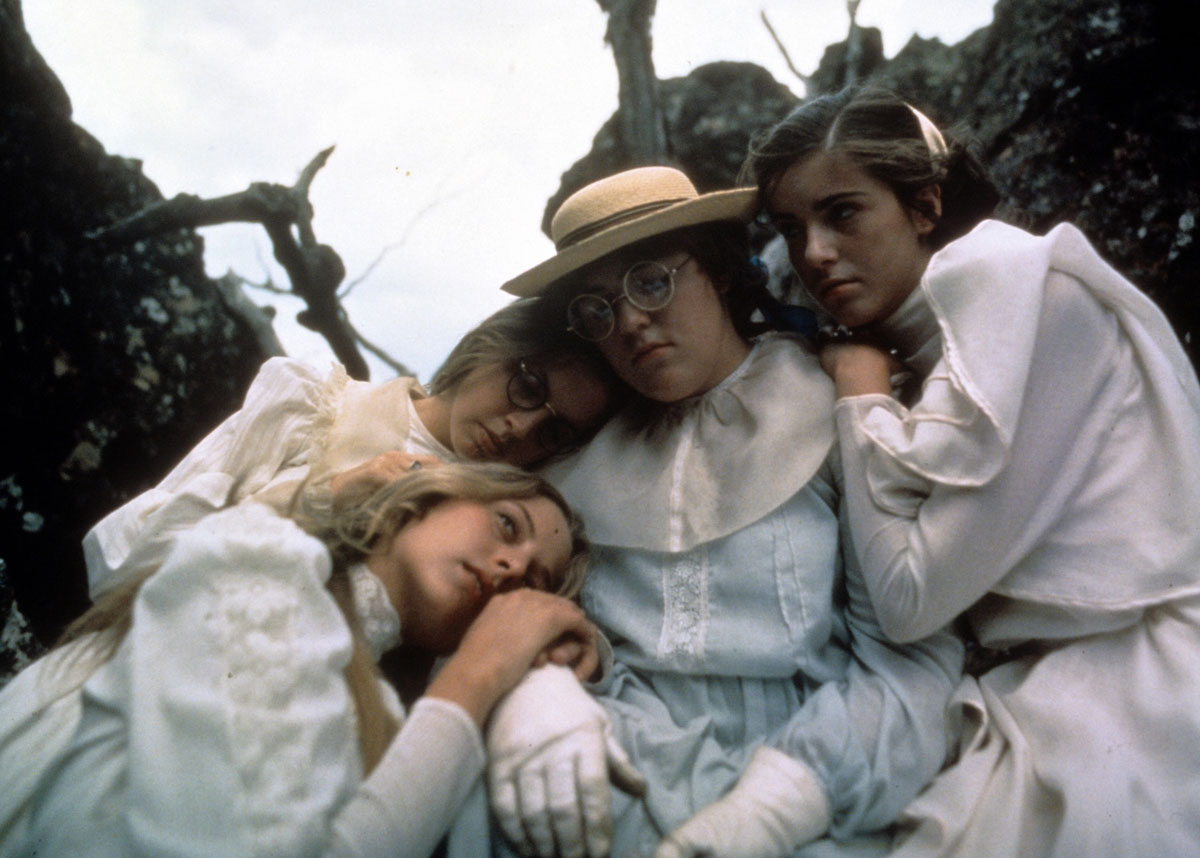Gothic cinema has its roots in horror, the supernatural and the superstitious leanings of the unmoored mind. Great early films like Nosferatu and Frankenstein were (and still are) scary but nonetheless innocent, made before two world wars and the atomic bomb rendered the natural world more frightening than any imaginary one. “The living will envy the dead,” Soviet Premier Nikita Khrushchev warned about the prospect of nuclear war, never imagining that his words might end up as the tagline for a zombie movie.
OK, not yet, but one of these days. What did happen, though, was the fatalism and doomed romances that pervaded film noir in the late ’40s and ’50s inevitably spread to gothic movies. The real world and the nightmare world became entwined, notably in Kathryn Bigelow and Eric Red’s lushly photographed vampire picture Near Dark.
Indifferently reviewed when it came out in 1987, the film didn’t return its budget. Near Dark eventually found its audience and became a cult item on VHS and DVD, and screens Thursday, Aug. 1 in SFMOMA’s latest Modern Cinema series (and first without the partnership of the S.F. Film Society), Haunted! Gothic Tales by Women.
Shot by prolific Polish-born cinematographer Adam Greenberg (The Terminator and Terminator 2: Judgment Day), with a score by Tangerine Dream, Near Dark is a genre-mashing thriller in which the women are the equal of the men. Incidentally, this was 20 years before Bigelow, a one-time painting major at the San Francisco Art Institute, became the first woman to win the Academy Award for Best Director.

Another high point in the Haunted! retrospective, which is presented with the S.F. Public Library and continues through the end of August, is the 1975 Australian New Wave hit Picnic at Hanging Rock (Saturday, Aug. 3). Peter Weir’s moody, mysterious tale depicts the disappearance in 1900 of three pubescent schoolgirls and their teacher on an outing. The movie invites a host of interpretations deriving from the power of the landscape, the unpredictability of teenage passions, and, perhaps, the invisible influence exerted by the indigenous people displaced by colonialists. But that’s just superstition, right?


